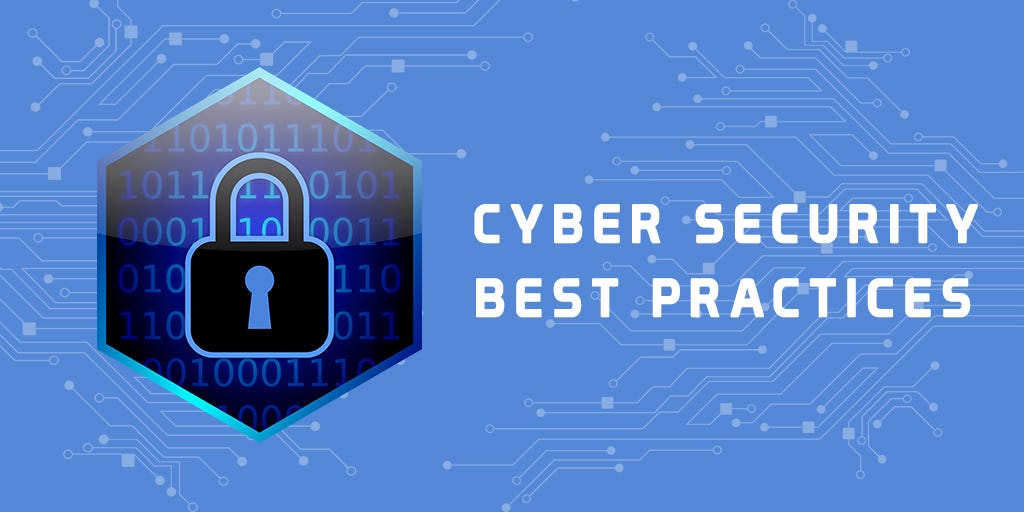In today’s digital landscape, our online accounts hold the keys to our personal and professional lives. From banking and email to social media and work applications, passwords are the gatekeepers that protect our most sensitive information. However, with the ever-evolving tactics of cybercriminals, it’s crucial that we take password security seriously.
In this blog post, we’ll explore the essential do’s and don’ts of creating and managing strong, secure passwords that will keep your accounts safe from prying eyes.
The Do’s of Password Security
- Use Long Passphrases: Ditch the short, simple passwords in favor of long passphrases made up of multiple unrelated words. Aim for at least 12-15 characters, mixing in numbers, uppercase letters, and special characters!
- Embrace Uniqueness: Never reuse the same password across multiple accounts. Each of your online logins should have a unique, complex password to prevent a single breach from compromising all your accounts.
- Leverage Password Managers: Password managers are your best friend when it comes to generating, storing, and managing your passwords securely. These tools eliminate the need to remember countless login credentials, freeing up your mental space.
- Enable Two-Factor Authentication: Whenever possible, enable two-factor authentication (2FA) on your accounts. This additional layer of security requires a second form of verification, such as a code sent to your phone, making it much harder for attackers to gain access.
The Don’ts of Password Security
- Avoid Personal Information: Steer clear of using personal details like your name, birthdate, or address in your passwords. This information is easily accessible to potential attackers and compromises the strength of your login credentials.
- Ditch the Obvious: Say goodbye to common passwords like “password,” “123456,” or “qwerty.” These predictable choices are among the first that hackers will try, making your accounts vulnerable to brute-force attacks.
- Don’t Write Them Down: Resist the temptation to write down your passwords on sticky notes or in a notebook. This physical record of your login credentials puts them at risk of being discovered by unauthorized individuals.
- Steer Clear of Short Passwords: Single-word passwords, no matter how complex, are no longer sufficient in the face of modern hacking techniques. Aim for longer, more complex passphrases to keep your accounts secure.
- DO NOT Keep default Passwords: Both hardware and software with sometimes come with a default password (eg. printers, routers, wiFi AP, etc) These default passwords are published by manufacturers and widely known by all if you leave these passwords set you will get hacked.
By following these best practices, you can take proactive steps to protect your online accounts and safeguard your personal and professional information. Remember, strong password hygiene is the foundation of a robust cybersecurity strategy, so make it a priority in your digital life.


